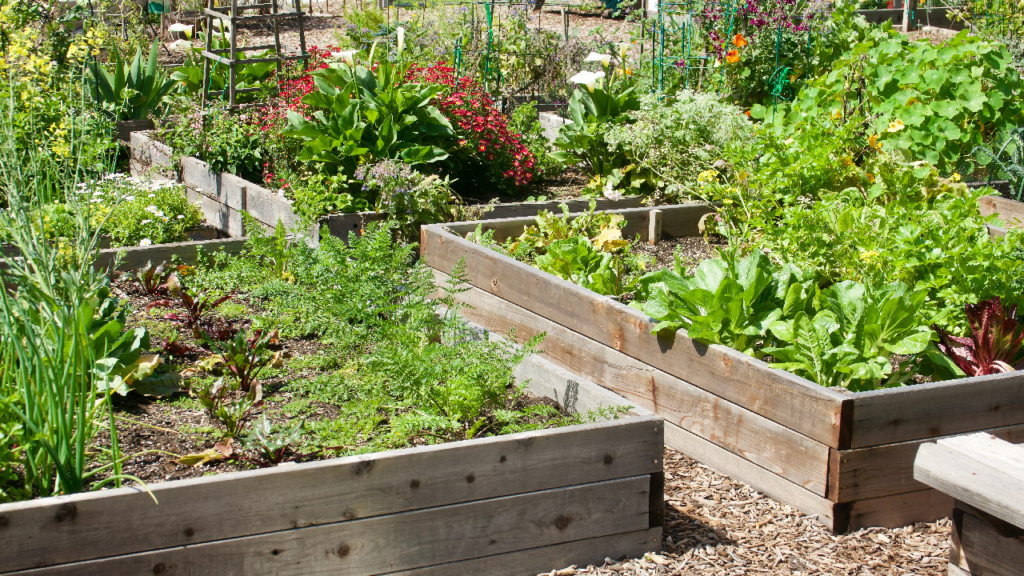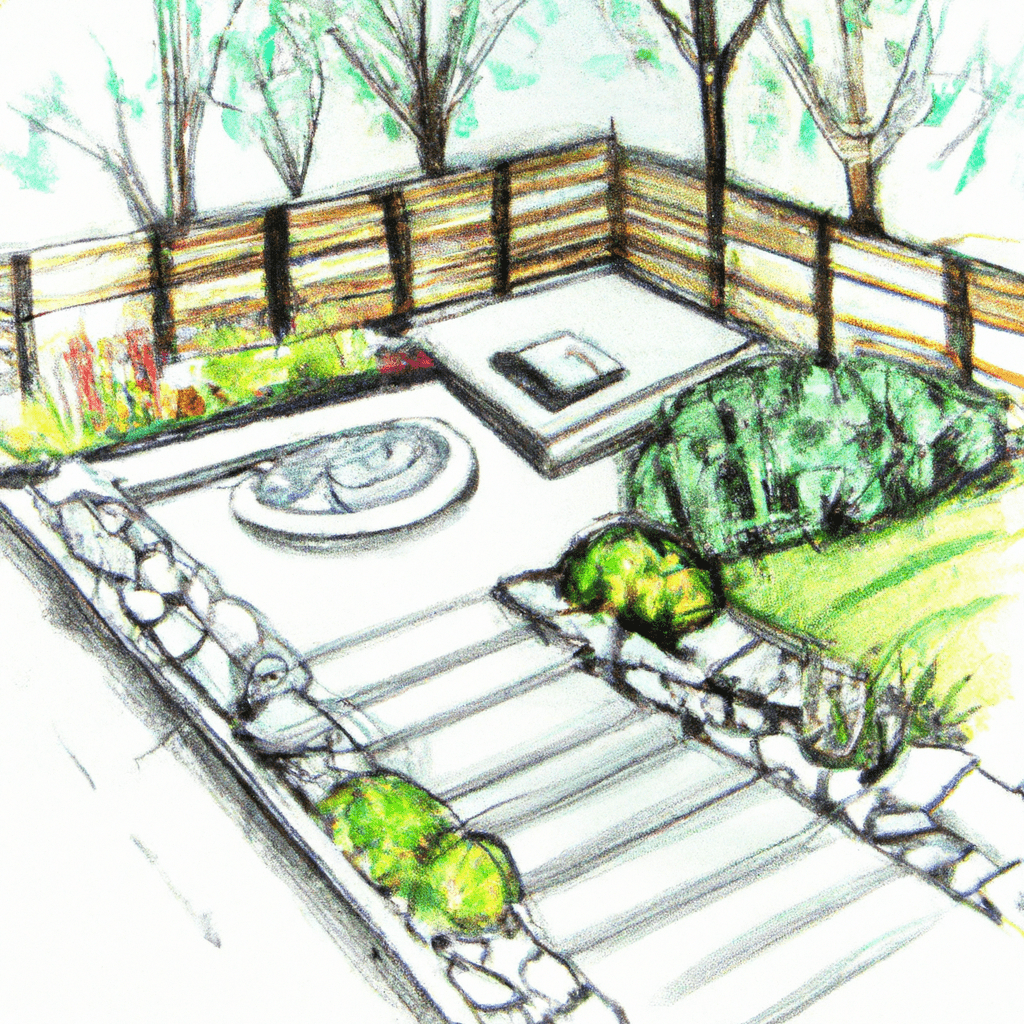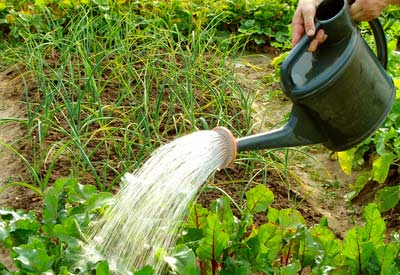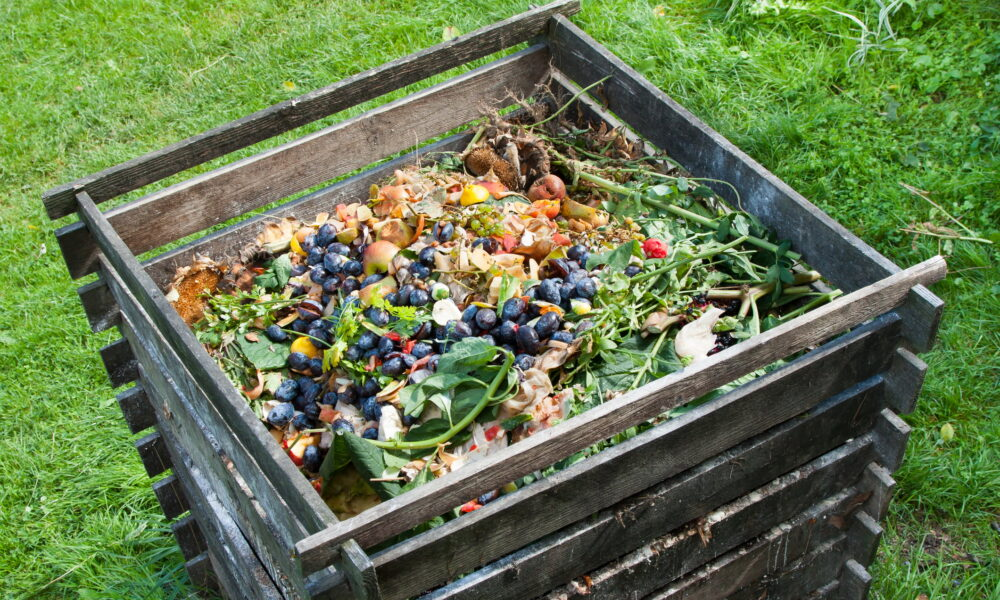Creating a successful vegetable garden starts with thoughtful planning. After years of gardening experience, I’ve learned that preparation is key to a thriving garden. The right layout, plant positioning, and attention to details will ensure a bountiful harvest. Here’s how to plan your ideal vegetable garden layout to set yourself up for success.
1. Choose the Right Location
The foundation of a successful garden is selecting the right spot. Your garden should get plenty of sunlight—at least 8 hours of direct sunlight daily. However, if your space gets less sun, don’t worry; there are still many crops that thrive in partial sunlight. Pay attention to where shadows fall during the day and throughout the year, especially considering how trees may affect sunlight in summer.
Soil drainage is also critical. Avoid areas prone to waterlogging, as excess moisture can harm your plants. Raised beds are great for improving drainage. Additionally, steer clear of frost pockets—lower areas where cold air tends to settle, which could damage your plants.

2. Paths and Accessibility
As your garden grows, so will the need for accessible paths. Ensure paths are wide enough for easy movement, ideally at least 3-4 feet wide to accommodate a wheelbarrow. This helps when watering, weeding, or harvesting. To protect your plants and avoid soil compaction, keep the width of garden beds manageable, no wider than 4 feet. This allows you to reach the center without stepping on the soil.
Paths can be made of various materials like woodchip, gravel, or even grass, but I prefer woodchip over cardboard. It not only prevents mud but also enriches the soil as it decomposes.
3. Creating a Garden Plan
There are three effective ways to create your garden layout:
- Paper & Pencil: Sketching your garden by hand offers a tactile experience that many gardeners enjoy, although it can be time-consuming.
- Spreadsheet: A more organized approach, using a spreadsheet to track crops and plant schedules. It allows for easy updates and seasonal adjustments.
- Online Garden Planner: Tools like a garden planner app simplify the process. These planners can help you design your layout, track crop rotation, and even select companion plants. Plus, it automatically generates plant lists, making it easier to manage your planting needs.

4. Positioning Your Plants
The next step is to strategically position your plants. Here are some tips:
- Sun-Loving Crops: Start with plants like tomatoes and peppers that require lots of sunlight. Position them in your garden’s sunniest spot, ideally shielded from cold winds.
- Climbing Crops: Next, place vertical crops like beans or peas. Keep in mind that these can cast shade on the crops behind them, so plan accordingly.
- Shade-Tolerant Crops: Some plants, such as spinach and radishes, thrive in shadier conditions. These can be planted in areas that only get 2-3 hours of sunlight per day.
- Sprawling Crops: Large crops like pumpkins or melons need plenty of space to spread out. Plant them along the edges of your garden so they don’t crowd other plants.
- Staple Crops: Vegetables like potatoes and onions need moderate sunlight, around 5 hours a day, and can be positioned in less prime locations.
5. Watering and Convenience
Efficient watering is essential. Group thirsty crops, such as celery, in areas where the soil retains moisture longer. Consider placing your garden near a water source, or install rain barrels for easy irrigation.
Position crops you’ll harvest often, such as herbs or salad greens, closer to your house for convenience. This will make it easier to grab fresh ingredients during meal prep.

6. Support Pollinators and Pest Control
Incorporate nectar-rich flowers into your garden to attract pollinators and natural pest predators. Flowers like calendula and nasturtiums not only add beauty but also support the ecosystem by bringing in helpful insects.
7. Composting and Plant Protection
Don’t forget to allocate space for composting. A compost bin helps recycle garden waste into nutrient-rich material for next season’s plants. Also, consider creating sheltered spots, like cold frames or a greenhouse, to protect tender seedlings from late-season frost.

Conclusion
Planning your vegetable garden layout is crucial for success. By considering factors like sunlight, plant needs, accessibility, and pest management, you’ll set yourself up for a thriving garden. Use the right tools, plan strategically, and you’ll enjoy a bountiful harvest throughout the growing season.
